Big cats are some of the most fascinating and awe-inspiring creatures that roam our planet. Their majestic presence and raw power have captivated human imagination for centuries. In the wild, these animals exhibit diverse adaptations that allow them to thrive in various habitats. An intriguing aspect of their behavior is whether they live solitary lives or in social groups. This article delves into the differences between solitary and social big cats, highlighting their unique adaptations, hunting strategies, and social structures.
Defining Solitary Big Cats
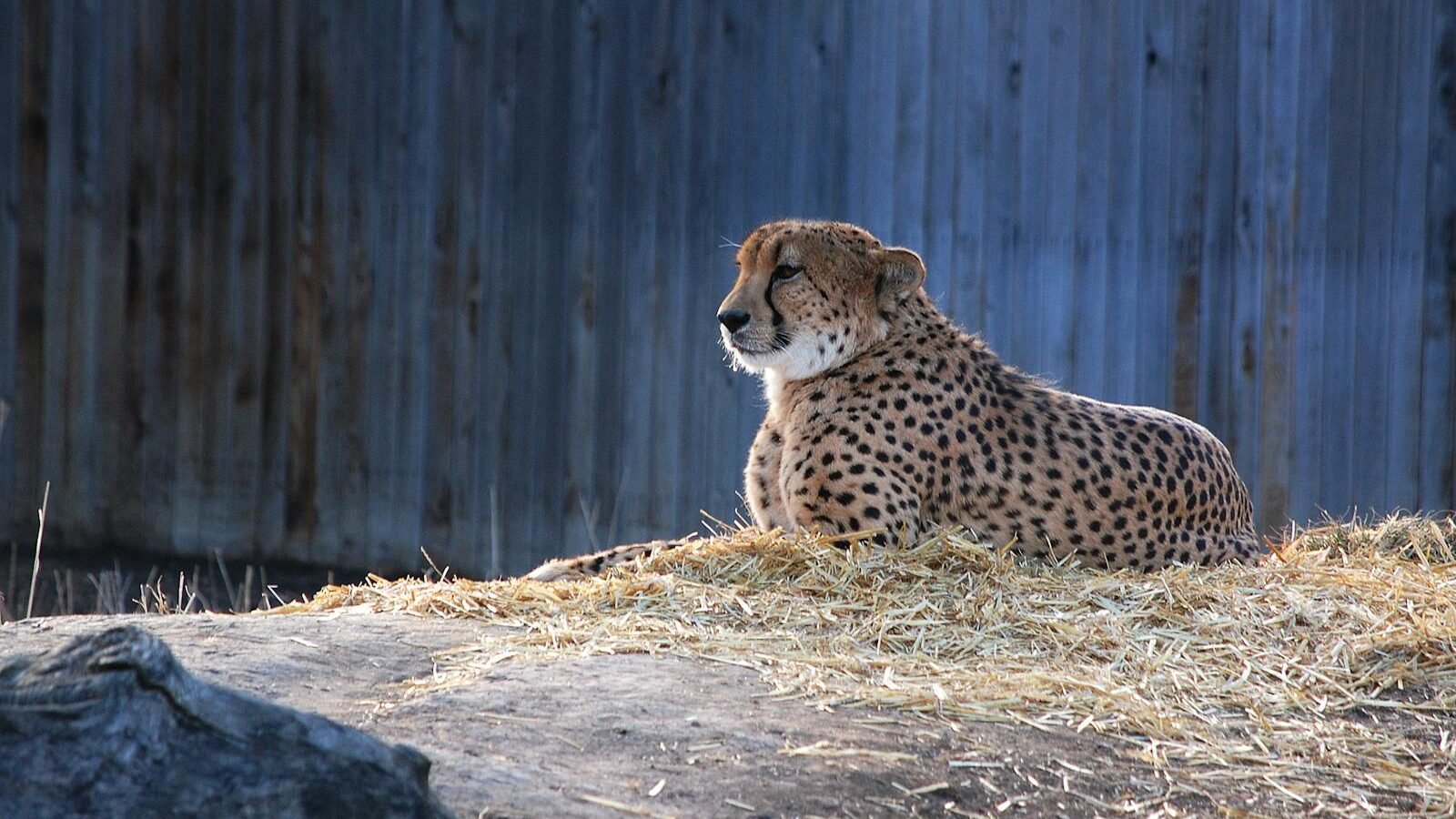
Solitary big cats are species that primarily live and hunt alone. This behavior is typically observed in species that rely on stealth and surprise for hunting. Their solitary nature is an adaptation to maximize their chance of success in the wild, reducing competition for food and resources. The most iconic solitary big cats include tigers and leopards.
Understanding Social Big Cats
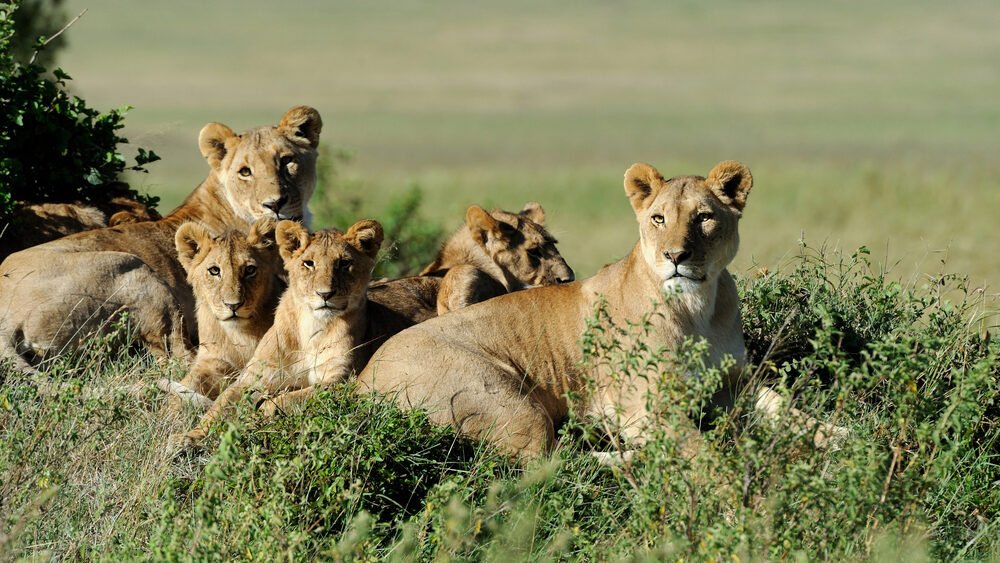
In contrast, social big cats live in groups, which provides them with numerous advantages in certain habitats. These cats have developed complex social structures that enable them to hunt more effectively and share resources. Lions are the quintessential example of social big cats, living in coordinated family groups known as prides.
Adaptations of Solitary Big Cats
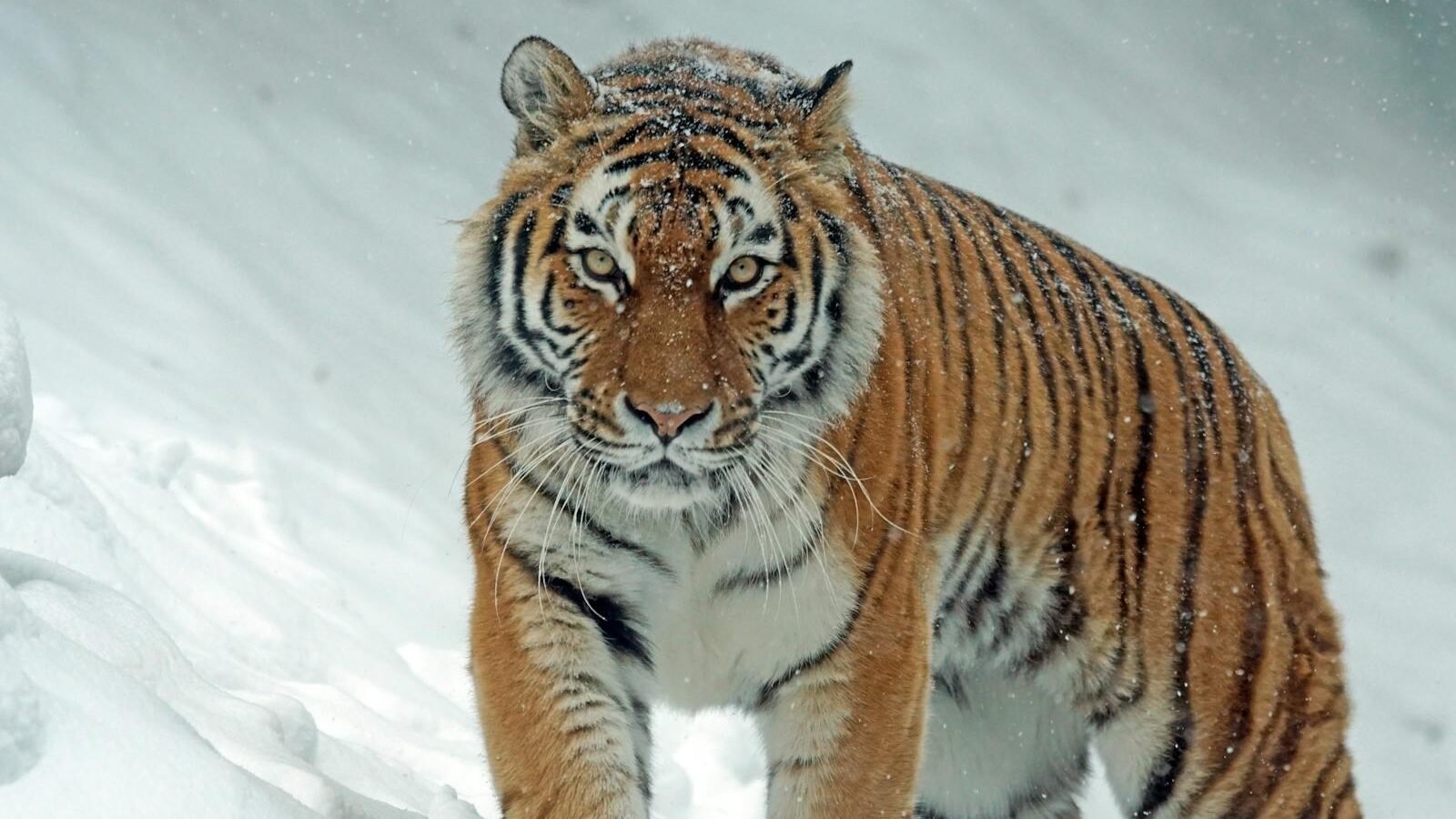
Solitary big cats possess various adaptations that support an independent lifestyle. These include enhanced camouflage, acute senses, and a stealthy approach to stalking prey. Their territories are often vast, ensuring they have sufficient resources without competition. For instance, tigers are known for their nocturnal hunting habits and reliance on dense vegetation to close in on their prey unseen.
The Social Dynamics of Big Cats
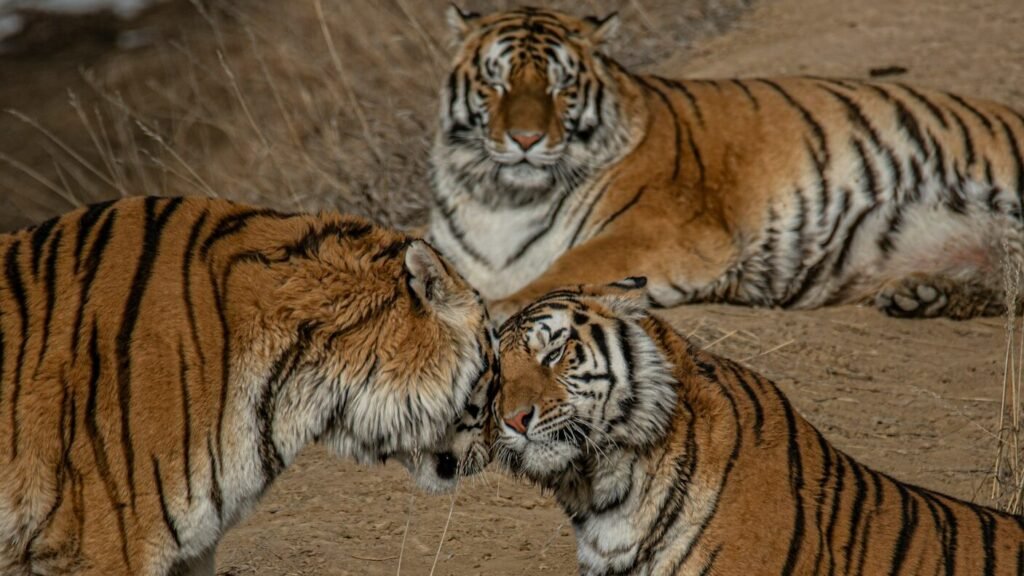
Social big cats, such as lions and cheetahs, have evolved to live in groups for collaborative hunting and defense. The formation of prides or coalitions allows them to take down larger prey, protect their territory, and ensure the survival of their offspring. Social structures are typically patriarchal, with dominant males leading and defending the group.
Hunting Strategies
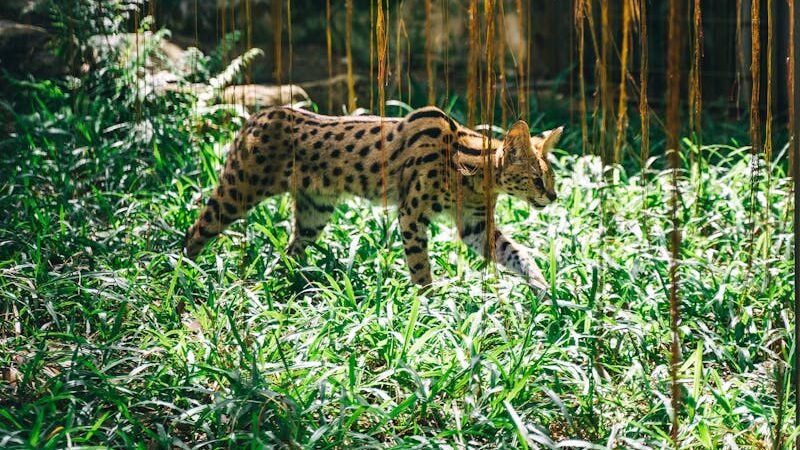
Hunting techniques vary significantly between solitary and social big cats. Solitary hunters, like leopards, rely on stealth and ambush tactics. They often hunt smaller prey compared to social big cats. On the other hand, lions work in teams to surround and overpower larger animals, such as wildebeests or zebras. The sharing of responsibilities during hunting maximizes the efficiency and success rate for social big cats.
Reproductive and Parenting Behaviors
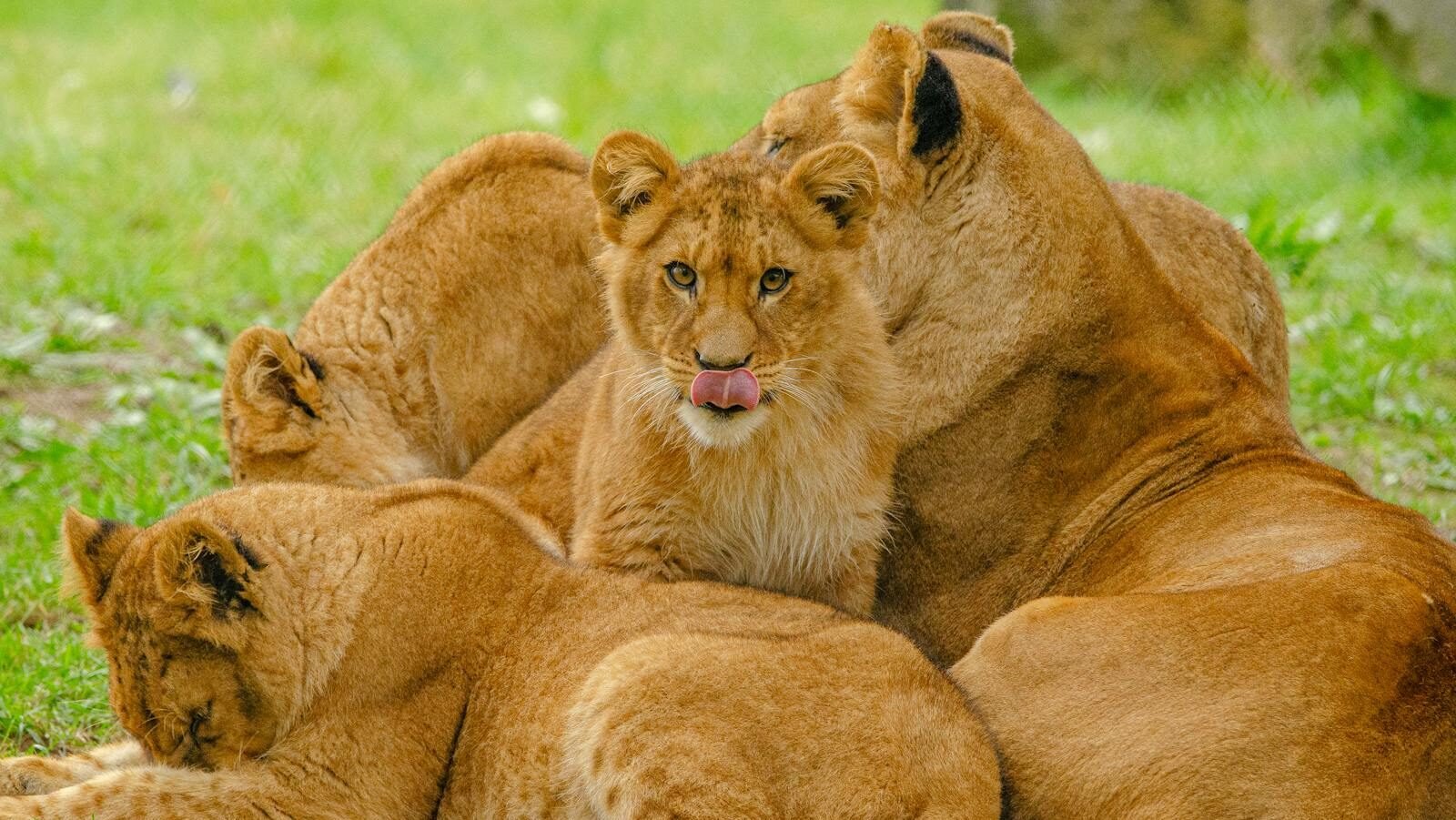
In solitary big cats, females typically raise their young alone. They teach their cubs essential survival skills until they are old enough to venture out on their own. Social big cats benefit from the support of the pride or group. Lionesses, for example, often collaborate in raising cubs, and males provide protection for the group’s young.
Territoriality: Solitary versus Social
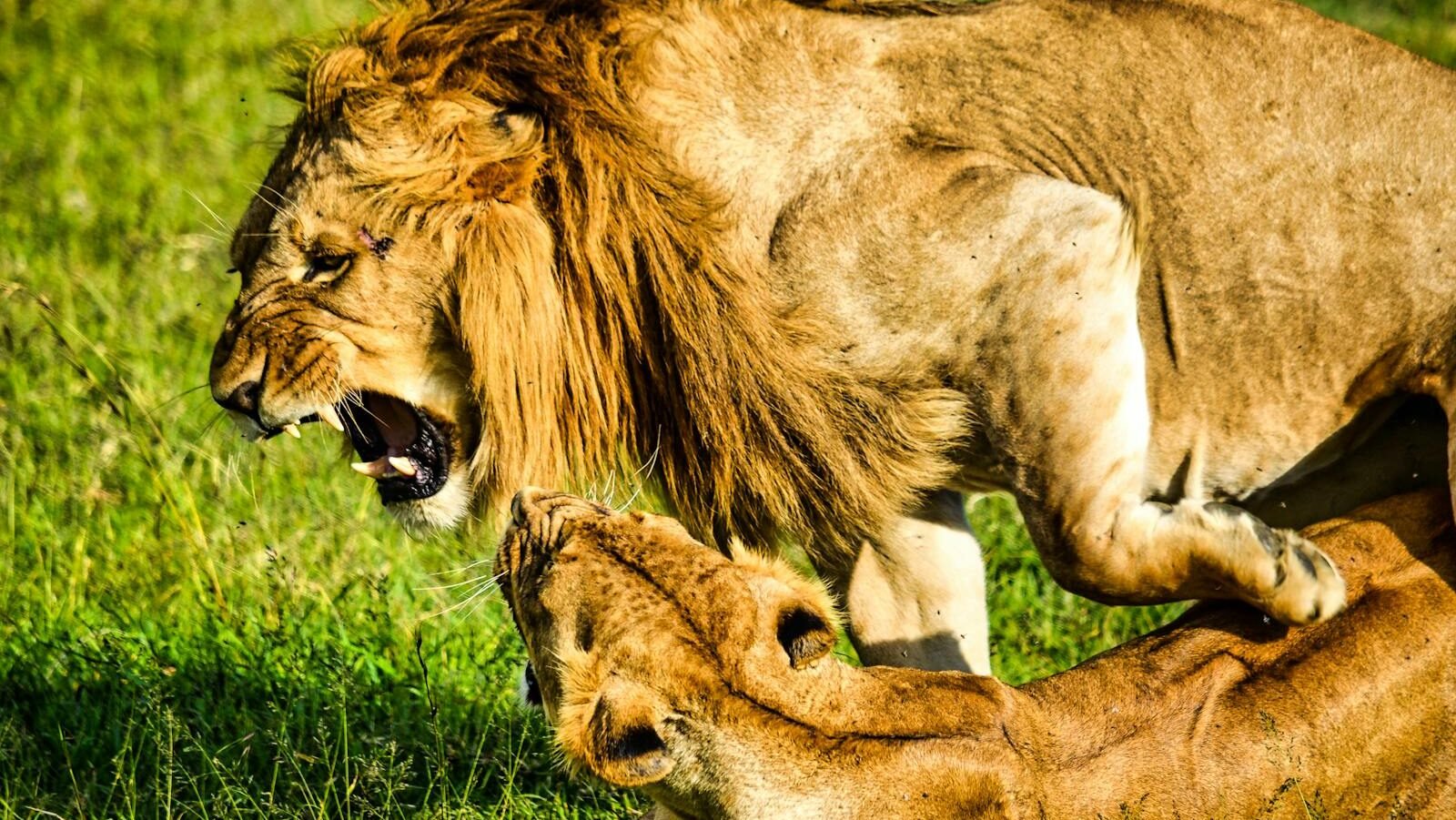
Solitary big cats tend to maintain exclusive territories, which they defend vigorously against intruders of the same species. This territoriality ensures adequate resources for survival. In contrast, social big cats defend larger communal territories that support the needs of the entire group. Territorial disputes are common, especially among males looking to expand their control.
Communication Methods
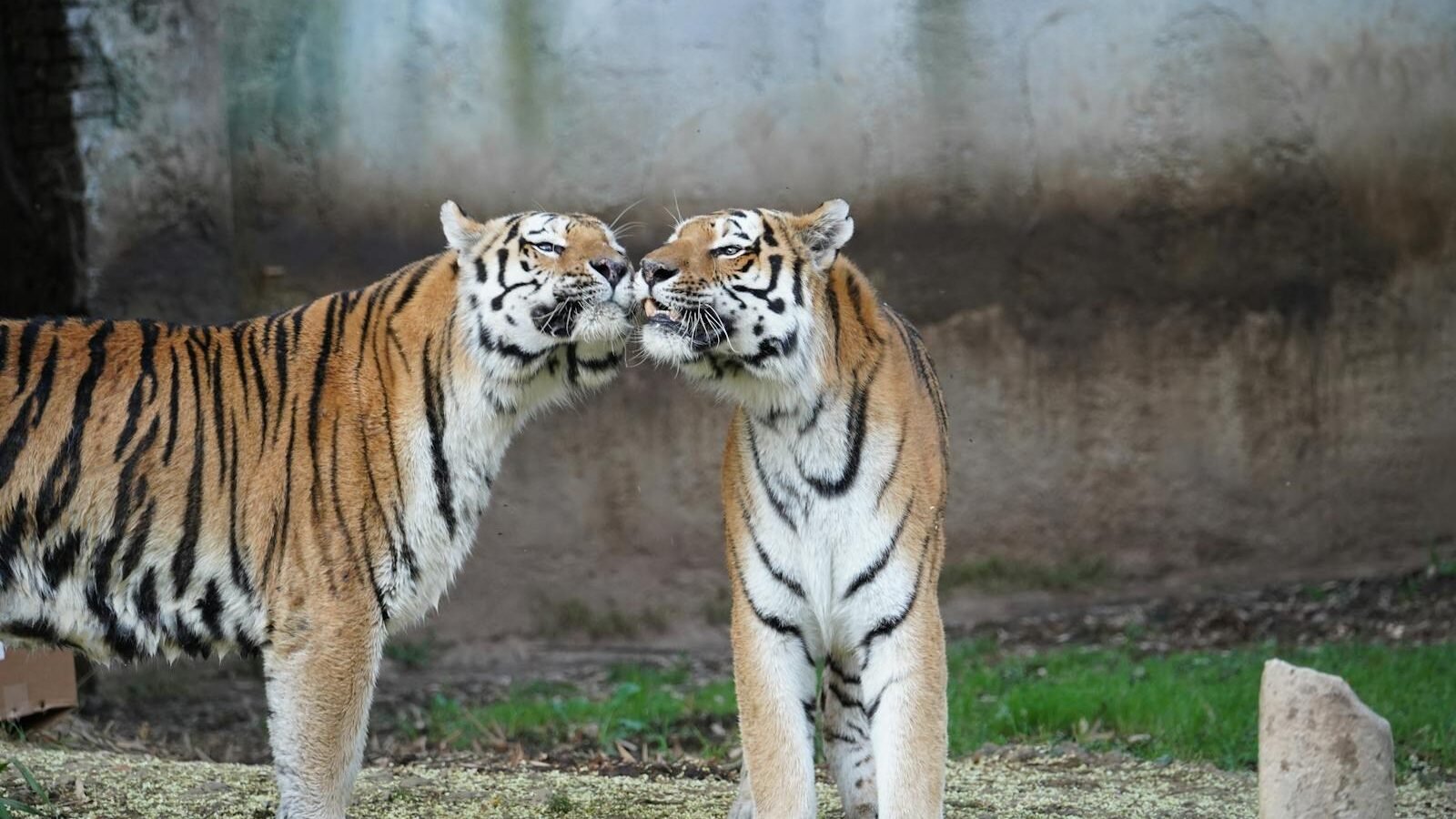
Communication plays a vital role in the lives of both solitary and social big cats. Solitary cats often use vocalizations, scent markings, and visual cues to delineate their territories and attract mates. Social species like lions engage in more complex interactions, using vocalizations like roaring to communicate within the pride and establish dominance or cooperation.
Conclusion
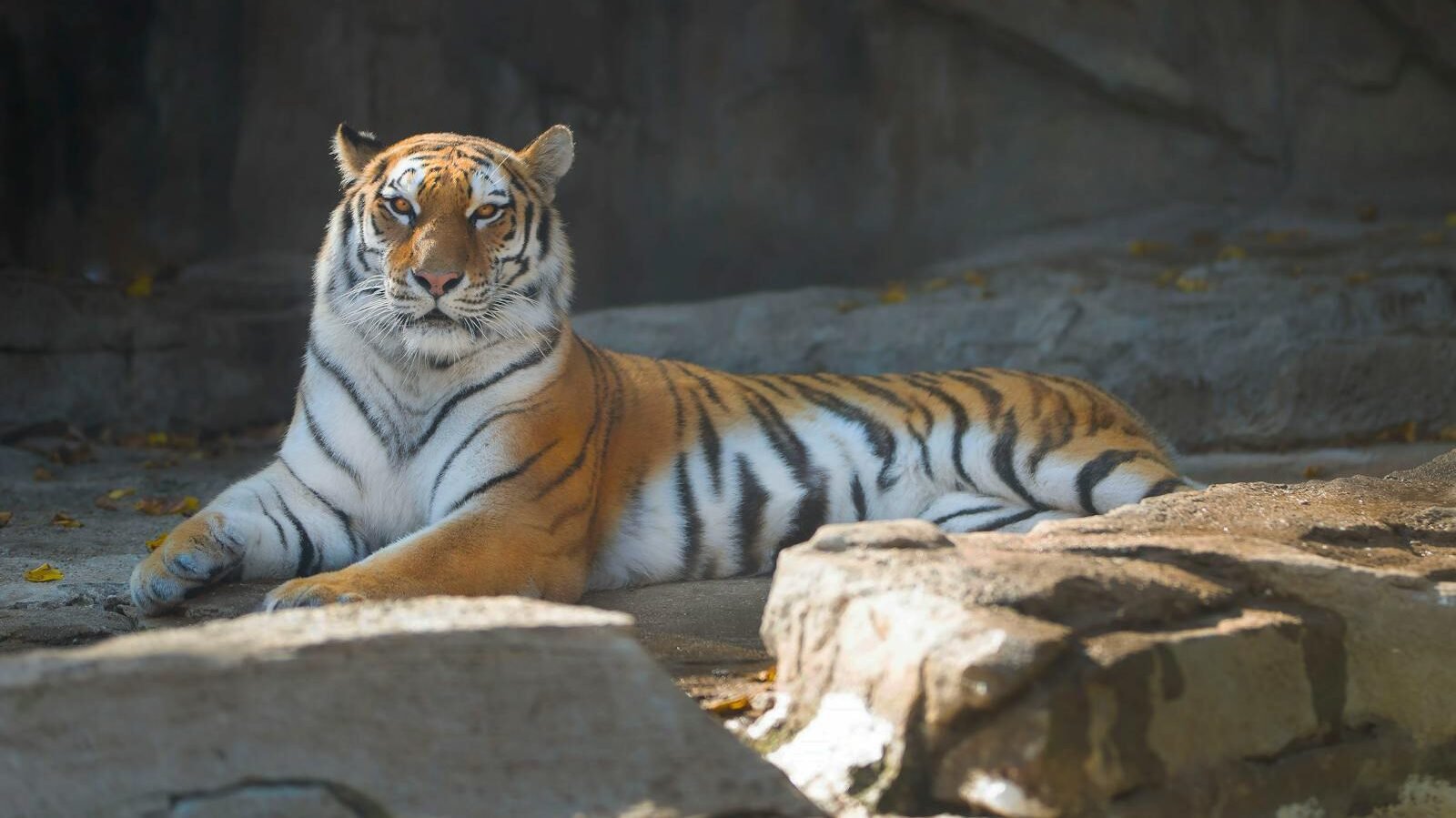
The dichotomy between solitary and social big cats highlights the fascinating diversity within the world of these formidable predators. Their differing adaptations, hunting strategies, and social structures underscore their evolutionary success in various environments. By understanding these differences, we gain deeper insights into the complex lives of big cats and the ecosystems they inhabit, ultimately emphasizing the importance of conservation efforts to protect these majestic animals and their habitats for future generations.

With over a decade of experience as a dedicated cat lover and enthusiast, I specialize in writing captivating content about all things feline. My expertise shines through in creating engaging and informative pieces that resonate with fellow cat lovers. As a proud cat parent to my beloved Duston, my personal connection to the world of cats adds authenticity and warmth to my work, making it relatable and heartfelt.






